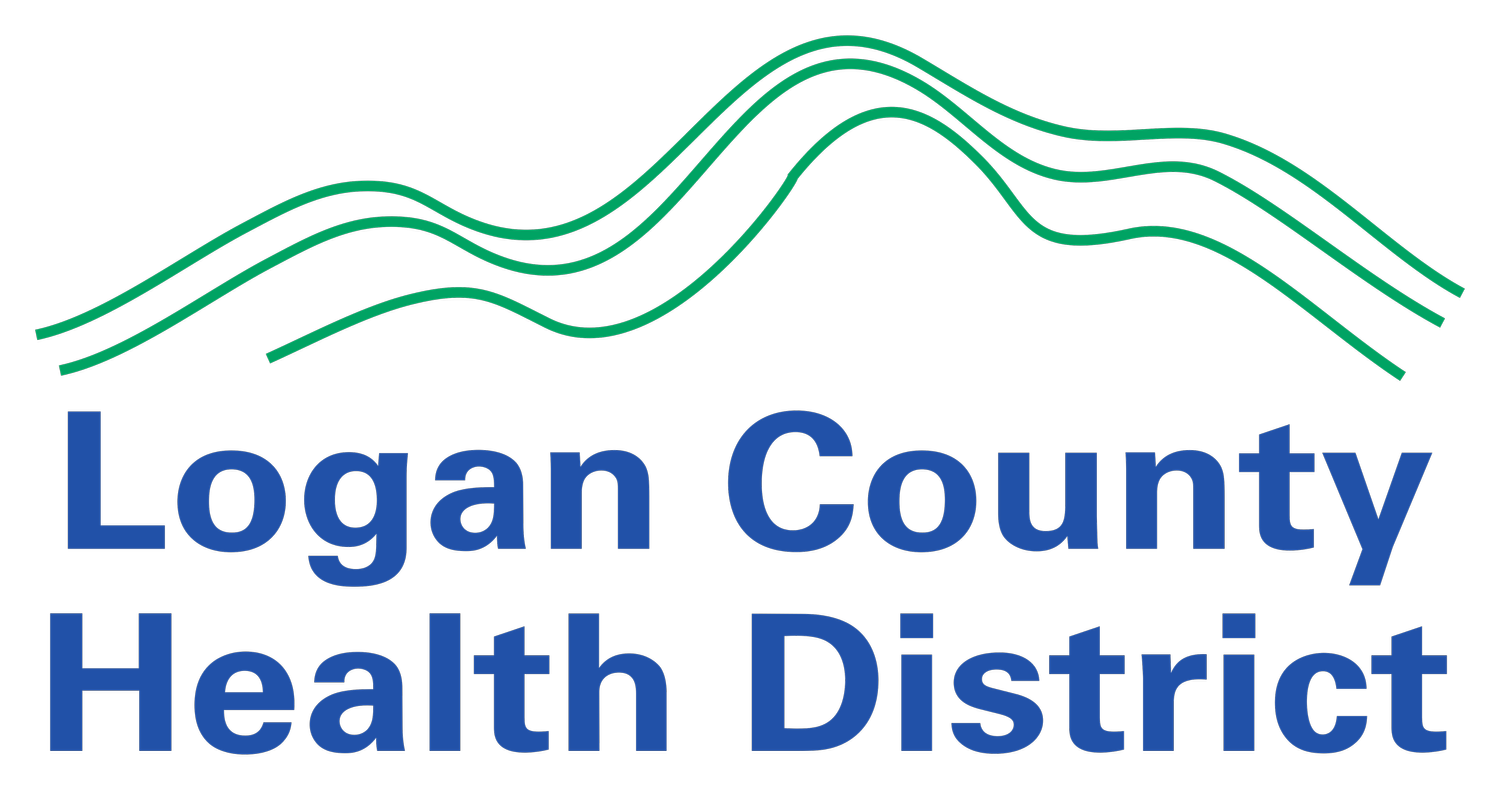Lead Case Management Program
Lead poisoning is the most common and preventable environmental disease affecting children in America today. It affects one out of six preschool age children. Health risks associated with lead poisoning are reduced IQ, anemia, stunted growth, impaired hearing, kidney damage, learning disabilities, ADD, and behavioral problems. These may be permanent or result in death.
Potential sources of lead are paint chips or dust, contaminated soil or water, lead-related occupations (soldering, welding, auto repair) and hobbies (shooting, fishing), or imported products (mini-blinds, cosmetics, herbal remedies, toys, chalk, jewelry, candy, etc.)
Lead can enter the body through the mouth, usually from hand to mouth contact, but also from inhaling lead dust or breastfeeding moms if they have a high level of lead. Small children are at higher risk as they crawl on the floor, touch a lot of things and frequently put their hands in their mouths. Lead can harm a mother and her unborn baby.
Does your child….
Live in or regularly visit a house built before 1950? This includes a day care center, preschool, or home of a baby sitter or relative.
Live in or visit a house that has peeling, chipping, dusting or chalking paint?
Live in or visit a house built before 1978 with recent, ongoing, or planned renovation/remodeling?
Have a sibling or playmate who has or did have lead poisoning?
Frequently come in contact with an adult who has a hobby or works with lead? Examples are construction, welding, pottery, painting, and casting ammunition.
If you answered “Yes” to any of these questions, your child may be at risk for lead poisoning. Please call the Ohio Department of Health at 1-877-LEADSAFE (532-3723).
For more information, please visit the Ohio Department of Health’s Healthy Homes and/or Childhood Lead Poisoning page.
